There is a total of 47 prefectures in Japan.
Just as the townscapes, activities, and gourmet foods differ from region to region, the characteristics of local people also vary. In this series, we will delve into the local circumstances of each prefecture by introducing attractions and local people's tidbits.
This time, we will focus on Wakayama Prefecture in the Kansai region. Located on the Kii Peninsula, let's learn together about Wakayama, famous for its hot springs in Shirahama which have been gushing out for over 1350 years, Adventure World, Wakayama Castle, and more!
Index
- People in Wakayama Prefecture think that mandarin oranges are not something to buy, but something to get from their neighbors!
- Field trips to the World Heritage Site, Koyasan⁉ Participation in calligraphy competitions is mandatory
- Wakayama Prefecture has the highest number of pandas born outside of China!
- People in Wakayama Prefecture struggle with the pronunciation of 'za, ji, zu, ze, zo'
People in Wakayama Prefecture think that mandarin oranges are not something to buy, but something to get from their neighbors!
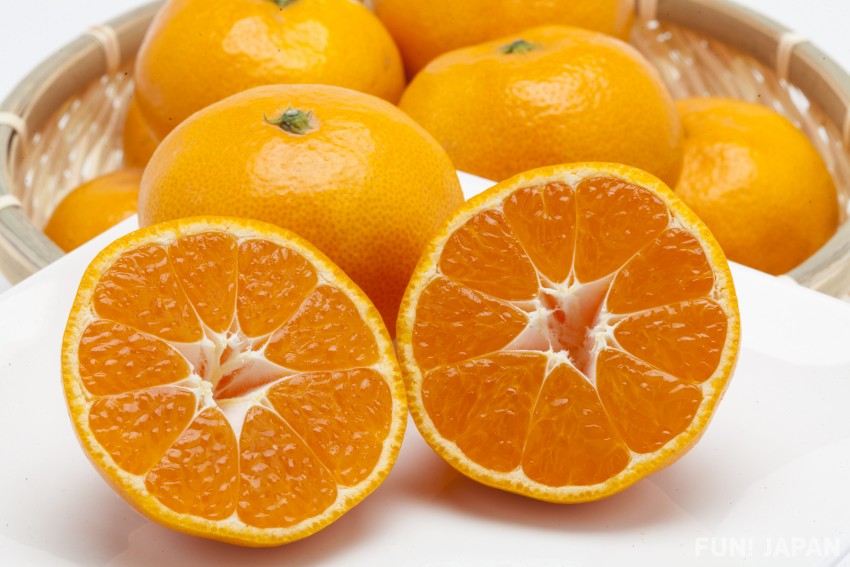
Mandarin oranges or 'mikan' in Japanese language from Wakayama Prefecture, known as "Kishu Mikan". According to the Ministry of Agriculture, Forestry and Fisheries, the harvest of mandarin oranges in Wakayama Prefecture for the fiscal year 2022 is about 150,000 tons, making it the number one in Japan for 19 consecutive years!
In Wakayama, thanks to the favorable location conditions of a warm climate and well-drained sloping land, and the high production technology cultivated over many years, mandarins rich in juice and with a balanced sweetness and acidity are grown. There are also a variety of mandarins, starting with the Gokuwase (極早生 - very early mandarins) in September, followed by the Wase (早生 - early) mandarins in November, the Nakate (中生 - middle) mandarins in December, and the stored mandarins in February, allowing you to enjoy delicious mandarins all year round.
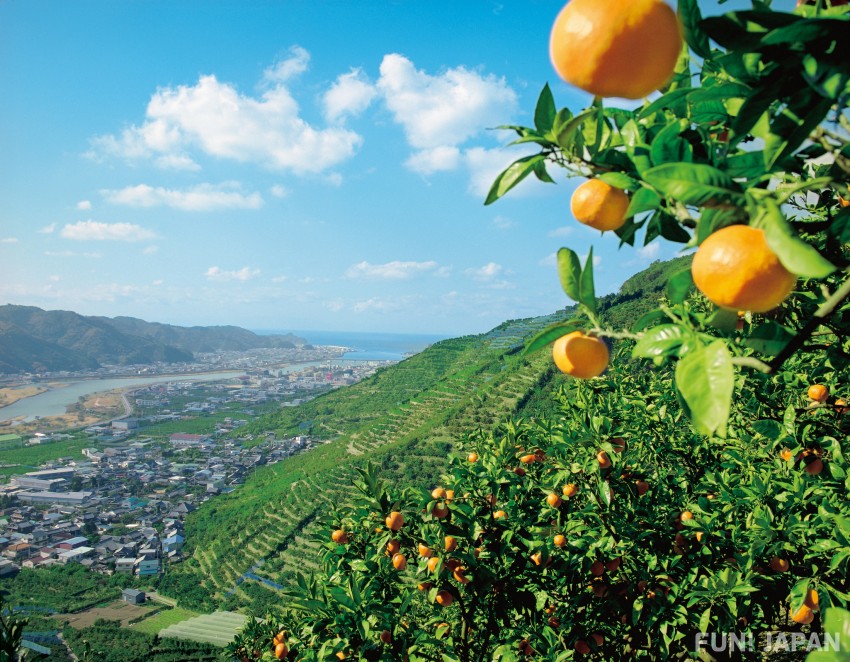
In Wakayama Prefecture, where various types of mandarins can be enjoyed all year round, it seems that many residents often receive boxes full of mandarins from their neighbors or relatives who are mandarin orange farmers. For the residents, mandarins are not something to "buy", but to "receive". Although they do purchase them for gifts, many residents say they have never bought mandarins for their daily consumption at home.
Also, because they often receive them by the case from neighbors and relatives, the per capita consumption is large. There are even some who eat more than 20 a day! Although Kishu Mikans are small and easy to eat, that's quite a lot to consume.
The way Wakayama residents peel mandarins, known as "Arida peeling"

By the way, in the Arida region of central Wakayama Prefecture, where mandarin orange cultivation is thriving, there is a traditional way of peeling mandarins that the locals have been doing for a long time. This peeling method, called "Arida peeling (Wakayama peeling)", is as follows.
- First, split the mandarin with the skin on from the top of the fruit where there is no stem using both thumbs (be careful not to split it to the skin on the stem side!)
- Split the two pieces from ① in half again to make the mandarin 1/4 size
- Eat the separated mandarin flesh by peeling it off from the skin on the stem side.
Since you can peel the skin off cleanly without getting your hands dirty and also remove the pith cleanly, this way of eating mandarins is common among Wakayama residents who eat a lot of mandarins!
How Wakayama residents choose mandarins
Furthermore, when choosing delicious mandarins, the residents look for ① dark-colored fruit, ② thin skin, and ③ size based on medium size (L, M, S). Mandarin sizes range from small sizes called "kodama" (小玉 - 2S, 3S) to large sizes called "oodama" (大玉 - 2L, 3L), and the taste of the oodama tends to be weaker than that of the kodama. If you want to eat mandarins with a good balance of fruitiness and taste, it seems a good idea to refer to this selection method of Wakayama residents.
If you have the opportunity to visit Wakayama on your trip to Japan, be sure to purchase delicious oranges in the Wakayama style and give Arida peeling a try!
Field trips to the World Heritage Site, Koyasan⁉ Participation in calligraphy competitions is mandatory

When it comes to World Heritage Sites in Wakayama Prefecture, Koyasan comes to mind. Koyasan, founded by Kobo Daishi Kukai 1200 years ago, is famous as a sacred site of Shingon Buddhism. It is a place visited by various tourists from both inside and outside the country, but for the people of Wakayama Prefecture, it is also a destination for school extracurricular activities and field trips.
In schools within Wakayama Prefecture, excursions often involve hiking on the mountain trails of Koyasan, experiencing tree thinning*1 among the trees, meditating in temples, and trying out vegetarian cuisine. It seems that many residents learn about the nature and history of Koyasan from a young age. Even elementary and junior high school students walk tens of kilometers on mountain trails on field trips!
Wakayama also puts a lot of effort into calligraphy*2 learning, and there are calligraphy classes through elementary and junior high schools. Students practice calligraphy during summer vacation and participate in various calligraphy competitions each semester. In addition, the Wakayama City Charter Calligraphy Competition is held in Wakayama City, and elementary and junior high school students are required to participate. If they win a prize, they are greatly honored at venues such as Wakayama Castle Hall.
*1 間伐 / Kanbatsu: The process of artificially thinning trees using tools such as saws to maintain appropriate spacing between trees as they grow.
*2 書道 / Shodo: A traditional art of writing Japanese characters using a brush and ink. It is one of the cultural attainments of the Japanese, and can be learned in basic education classes and extracurricular activities.
Wakayama Prefecture has the highest number of pandas born outside of China!
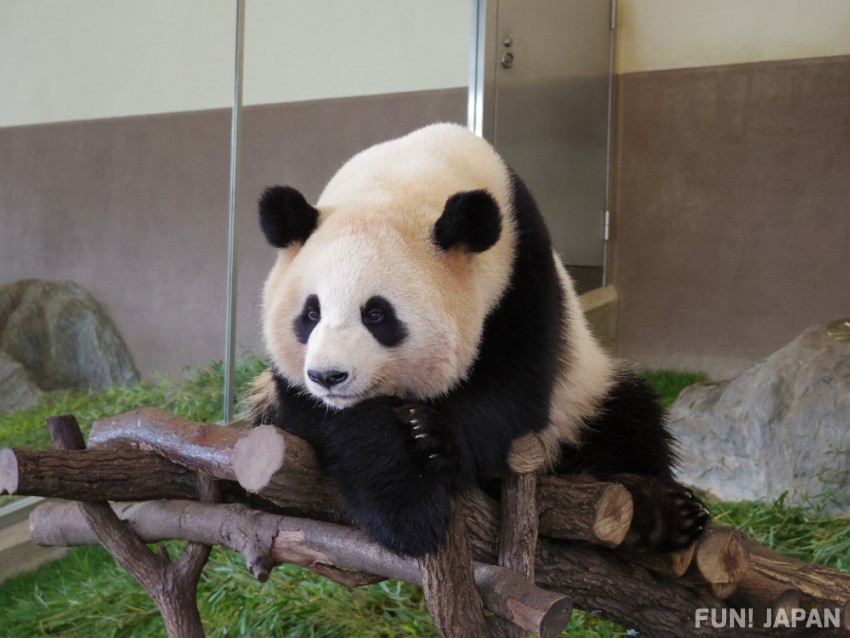
When it comes to popular theme parks representing Wakayama, Adventure World in Shirahama Town is the one. Currently, Adventure World, where four giant pandas live, has successfully bred 17 baby pandas so far, making it the theme park with the highest breeding record in the world outside of China!
Giant pandas are an endangered species. In Japan, four giant pandas, including "Shan Shan" from Ueno Zoo, were returned to China in February 2023, which made big news. However, all three pandas other than Shan Shan were actually giant pandas that were raised at Adventure World.
Adventure World has been conducting research on the breeding and protection of giant pandas since 1994, and there are always pandas in the park. It's not uncommon for baby pandas to be born, and the amazing thing about Wakayama is that you can see pandas up close without having to line up!
By the way, the reason why Adventure World has been so successful in panda breeding is because they changed their diet from "panda dumplings" containing grains and proteins to their favorite, mainly bamboo. It is well known that the keepers went out of their way to secure delicious bamboo for the gourmet pandas. This is a unique way of breeding in Japan, where there is an abundance of bamboo and a wide variety of species.
People in Wakayama Prefecture struggle with the pronunciation of 'za, ji, zu, ze, zo'
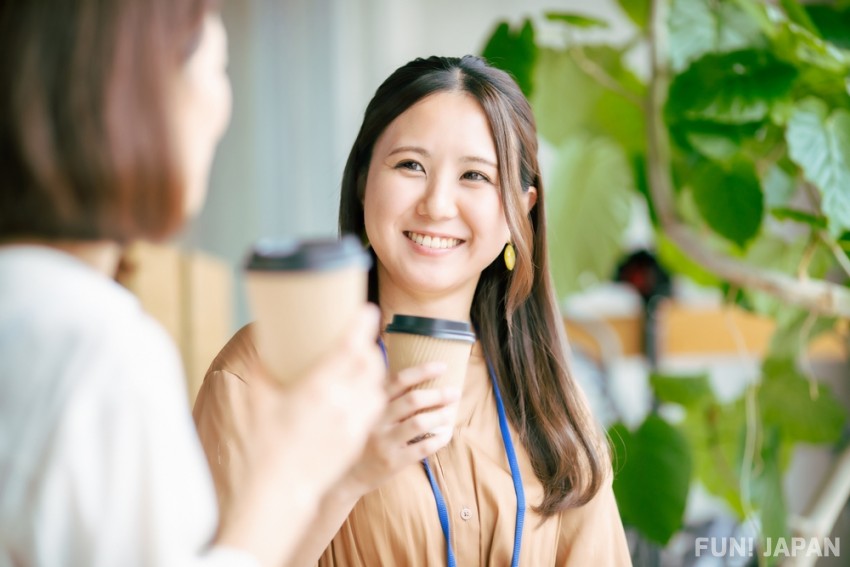
In the theme park "Shirahama Energy Land" in Shirahama Town, Wakayama Prefecture, there is a giant maze attraction called "The Maze ~ SOS from Dr. Energy ~" (in Japanese, Da迷路~エネルギー博士からのSOS~).
You might wonder, "If it's an English article, 'The' is correct term, so why uses 'Da'?" Actually, this attraction was originally supposed to be named "The Maze", but many people pronounced the 'The' in the attraction name as Da, so it ended up being named with that pronunciation.
Similarly, people in Wakayama have difficulty pronouncing the "za" line, and the pronunciation of "zajizuzezo" in Wakayama becomes "dajizudedo".
For example, "Zousan (Elephant)" becomes "Dousan", and "Zenzai" becomes "Dendai" for Wakayama people.
By the way, if you ask a resident of Wakayama Prefecture to say "象の銅像、雑巾で拭いた" (Zou no Douzou, Zoukin de fuita - wipe the Elephant bronze statue with rag", it becomes "Dou no Douzou, Doukin de fuita)"...
This is said to be because the shapes of the mouth when pronouncing the "za" and "da" lines are similar, and because the traditional Kansai dialect accent, which was once used in the Kansai region such as Osaka and Kyoto, still remains in the prefecture.
Wakayama, where the traditional culture and customs of the Kansai area still remain, is a region that values such traditions.
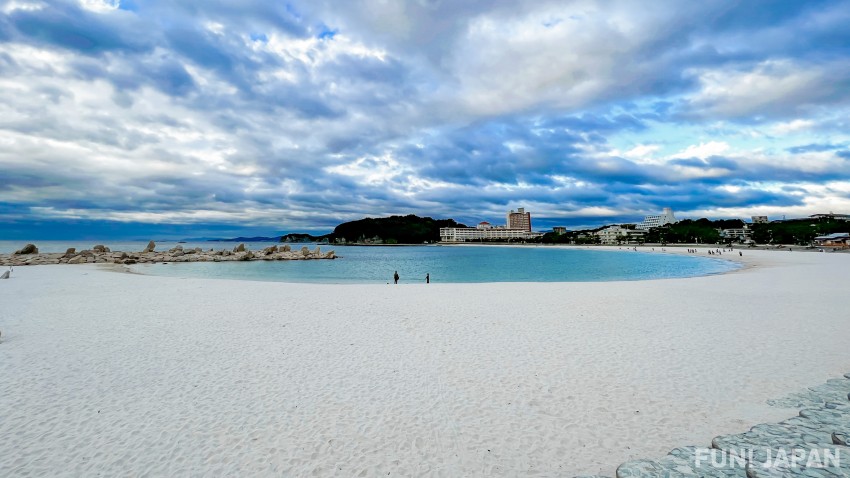
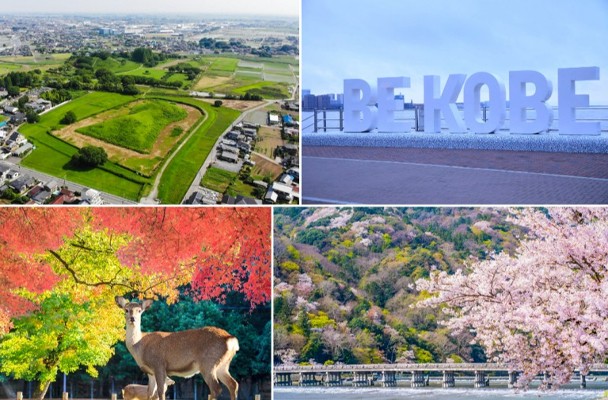
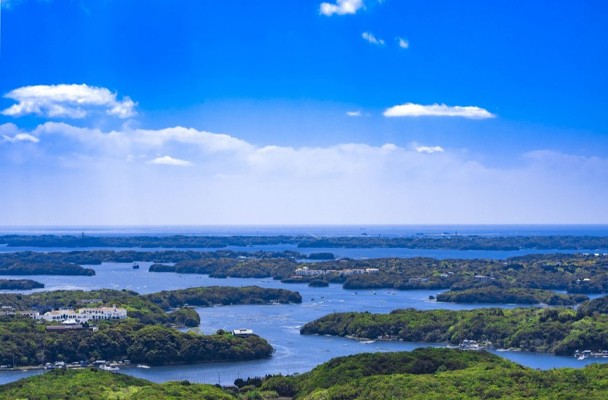
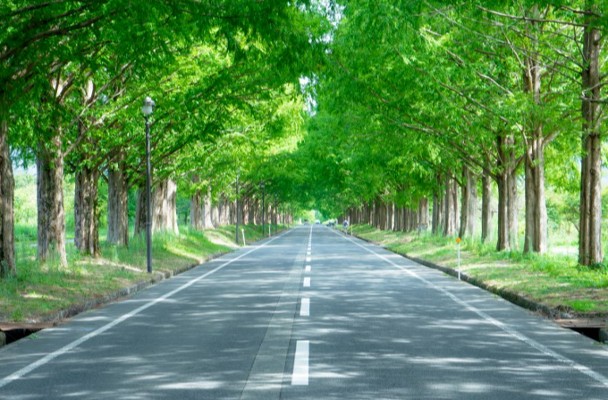

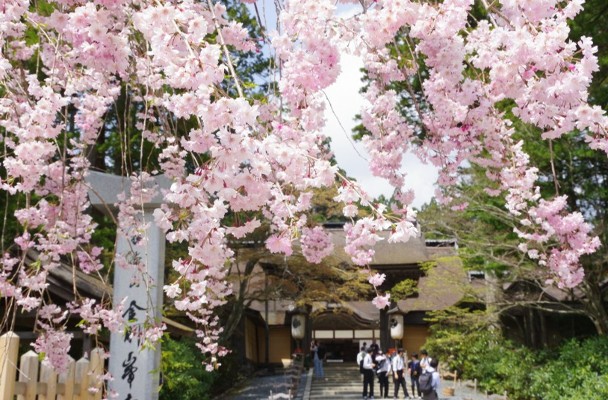
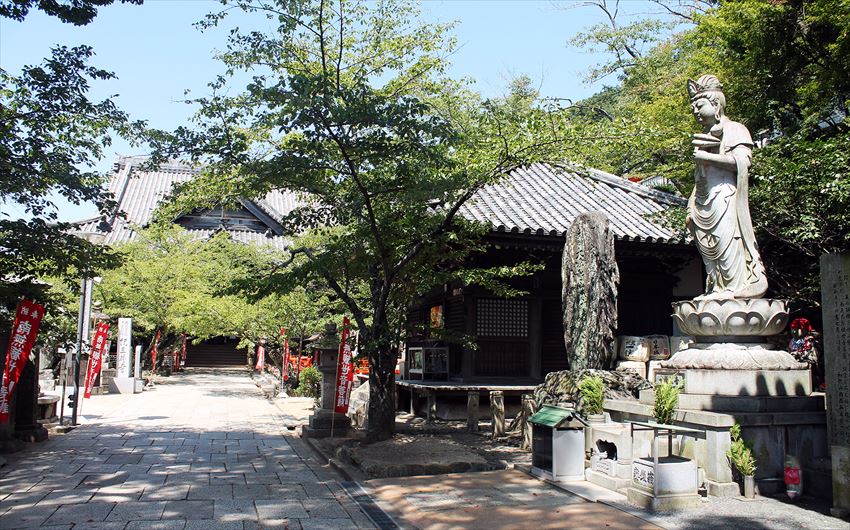
Comments